Deep in the limestone caves of Yunnan, a biological mystery unfolds as scientists decode the genetic degradation behind the cavefish's remarkable adaptation to perpetual darkness. These eyeless, pigmentless creatures have long fascinated evolutionary biologists, offering a living model of how extreme environments reshape genomes. Recent breakthroughs in sequencing technology have now allowed researchers to construct the most detailed genetic roadmap yet of these adaptations, revealing surprising patterns of gene loss and preservation.
The Yunnan cavefish (Sinocyclocheilus spp.) represent one of nature's most dramatic examples of regressive evolution. Over generations, these fish have not only lost their eyes and coloration but have developed enhanced sensory systems to navigate lightless underwater labyrinths. What makes their case particularly intriguing is the precise genomic signature of this adaptation - not random mutations, but targeted degeneration of specific genetic pathways related to vision and circadian rhythms.
Researchers from the Kunming Institute of Zoology have spent eight years comparing cave-dwelling populations with their surface-dwelling relatives. Their work reveals that phototransduction genes - those responsible for converting light into electrical signals in the retina - show the most pronounced degradation. Interestingly, these genes haven't simply accumulated harmful mutations; many have become pseudogenes, retaining their structure but losing functionality through disabling sequence changes.
The evolutionary trade-offs become apparent when examining the cavefish's enhanced non-visual senses. Genes related to mechanosensory and chemosensory systems show unusual preservation and even evidence of positive selection. This sensory compensation creates a fascinating genomic imbalance - while vision-related genes deteriorate, those governing vibration detection and smell maintain remarkable integrity, allowing the fish to hunt and navigate in complete darkness.
Perhaps the most unexpected discovery concerns the cavefish's circadian clock genes. Unlike surface fish that rely on daily light cycles, the cave populations show significant degeneration in core clock components. Yet they retain certain rhythm-related genes, suggesting these may serve alternative functions unrelated to light cycles. This finding challenges previous assumptions about the universality of circadian rhythms in vertebrates.
The Yunnan cavefish genome tells a broader story about evolutionary constraints and opportunities. While gene loss often carries negative connotations, in this context it represents an elegant solution to energy conservation in an environment where maintaining unused biological systems would be wasteful. The fish redirect resources from vision to more immediately useful sensory modalities, demonstrating nature's remarkable efficiency.
Conservation implications emerge from this research, as many Yunnan cavefish species face habitat threats from pollution and groundwater extraction. Their specialized genomes make them particularly vulnerable to environmental changes. Understanding their genetic adaptations may inform protection strategies for these unique creatures and the fragile ecosystems they inhabit.
Looking ahead, scientists aim to investigate whether similar patterns of gene degradation occur in other cave-adapted species worldwide. The Yunnan findings establish an important comparative framework for understanding how different organisms solve the challenges of perpetual darkness. These unassuming fish continue to illuminate fundamental questions about evolution's creative destruction of genetic information.
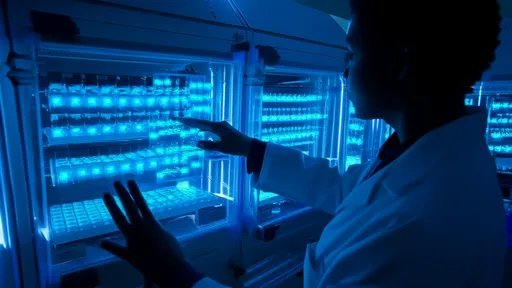
By /Jul 3, 2025
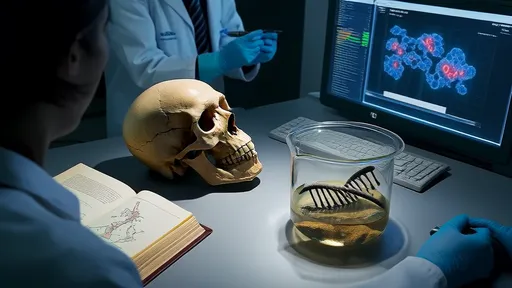
By /Jul 3, 2025
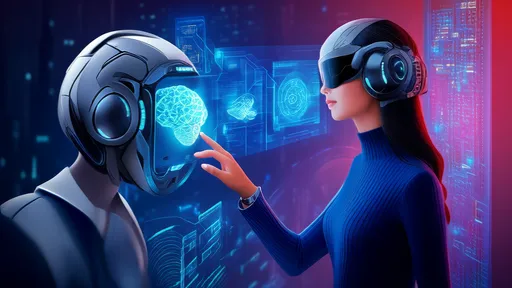
By /Jul 3, 2025

By /Jul 3, 2025
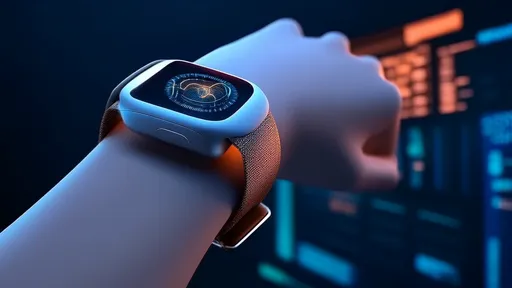
By /Jul 3, 2025

By /Jul 3, 2025

By /Jul 3, 2025
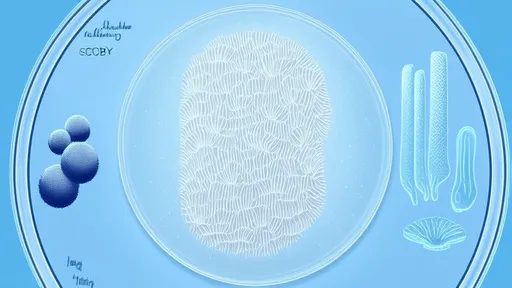
By /Jul 3, 2025
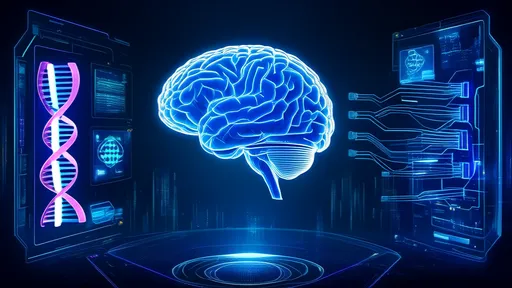
By /Jul 3, 2025

By /Jul 3, 2025
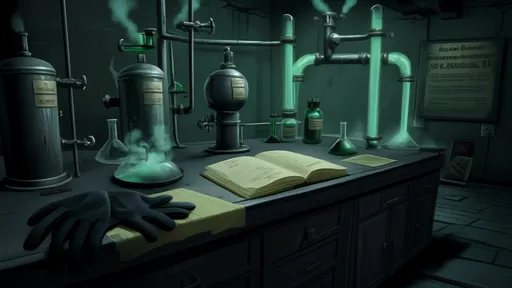
By /Jul 3, 2025
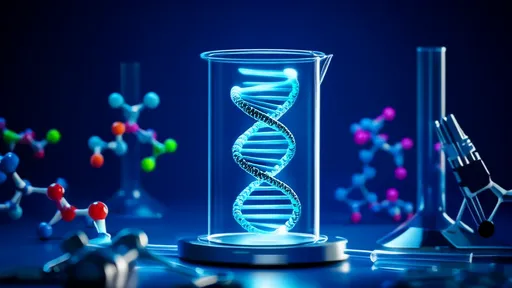
By /Jul 3, 2025
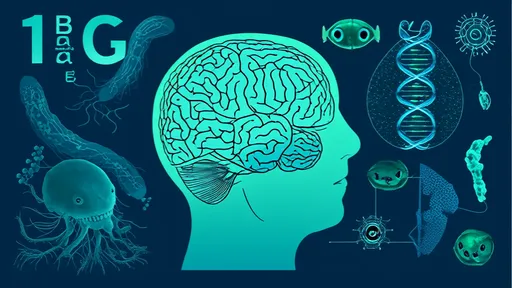
By /Jul 3, 2025
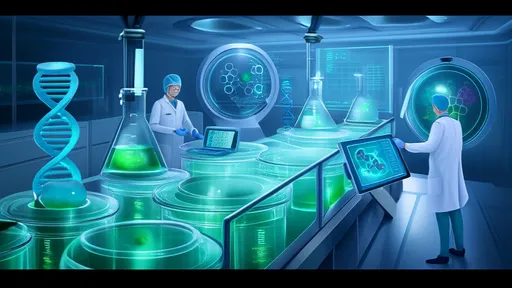
By /Jul 3, 2025
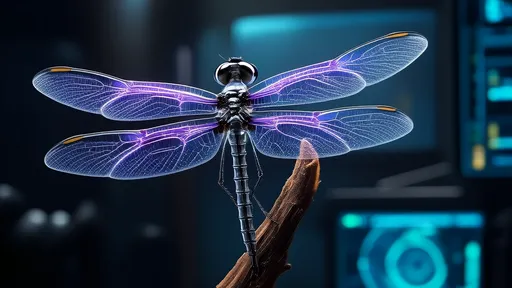
By /Jul 3, 2025
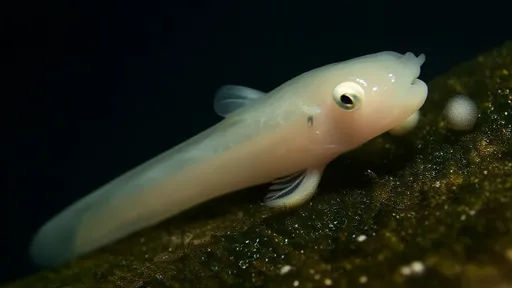
By /Jul 3, 2025
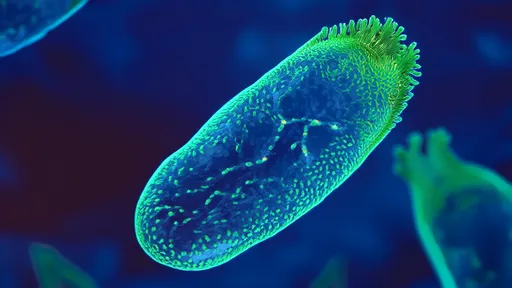
By /Jul 3, 2025
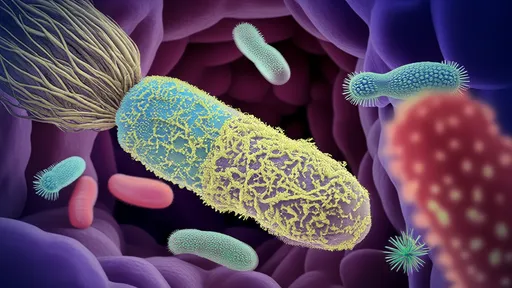
By /Jul 3, 2025
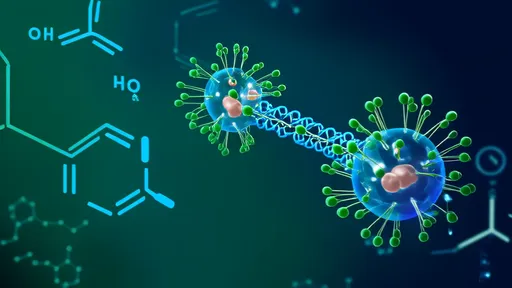
By /Jul 3, 2025
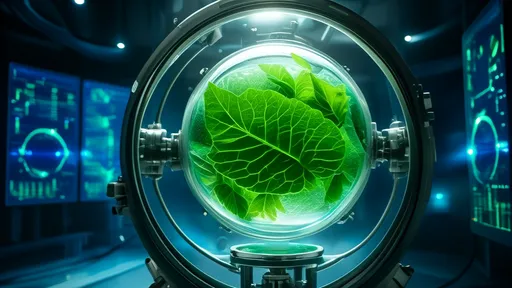
By /Jul 3, 2025